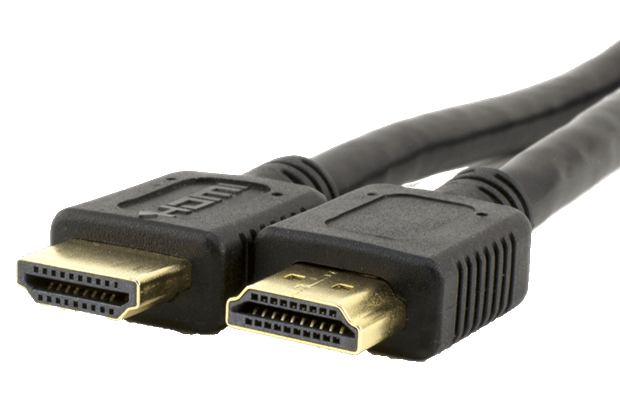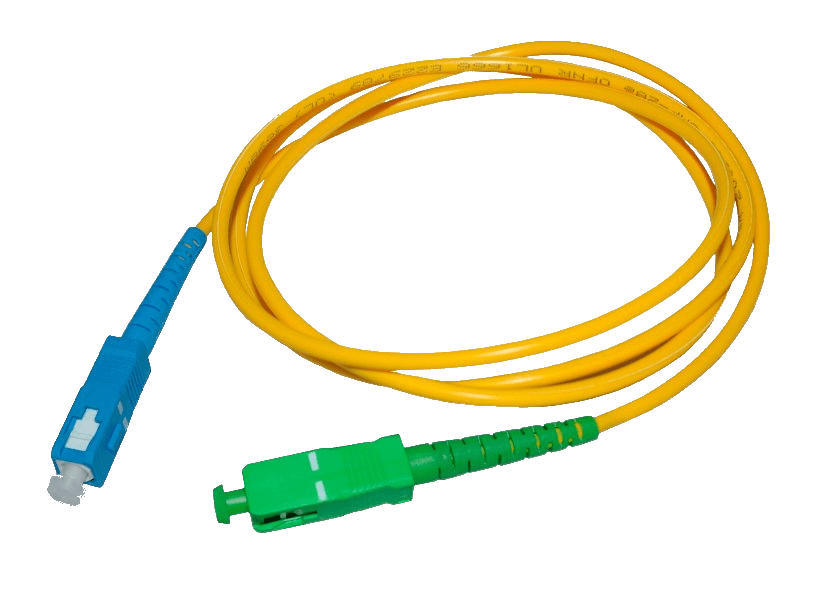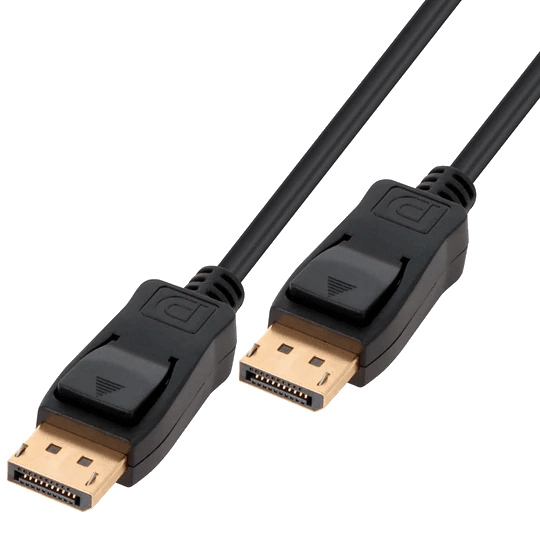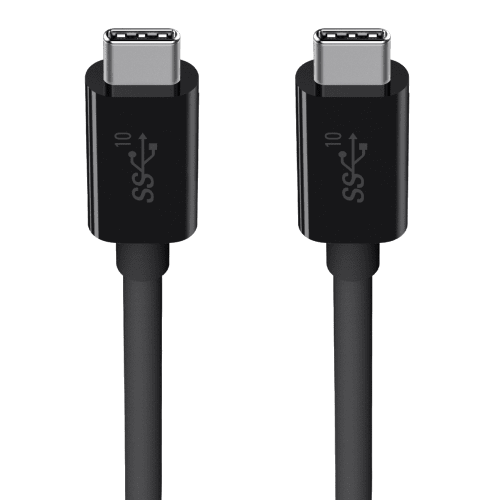Identify the Common Connector Types
A+ certification develops PC hardware and software troubleshooting skills. Professionals in the information technology industry may find A+ certification to be an advantage when searching for jobs. Technicians that have the certification tend to earn 5 to 15 percent more than those that don’t. Some employers require A+ certification for entry-level technical support positions. IT professionals that obtain the certification pursue many career paths, such as technical support specialist and IT support administrator.
You’ve seen them before. You’re probably even one of their biggest users. You see those little rectangular boxes (sometimes called “connectors”) everywhere, from your computer to a printer, your smart phone to a USB charger, and even your car to a battery. But what are they? How do they work? And what are the differences between the different types of connectors? Let’s take a look at the different connector types, their uses, and the pros and cons of each.
Types of Connector
The most basic connector type is the male and female edge connectors that you’ve seen on everything from paper documents to your smart phone. These connectors have a small pin that aligns with a corresponding pin on the other connector or device. An example of a female edge connector is on your old school paper documents. A male edge connector is what you’ll find on everything else: your smart phone, laptop, monitor, keyboard, battery, and the list goes on. Wired connectors are the most common types of connectors. They’re simple, but they’re also the most limited. With wired connectors, the signal that travels between two devices is directly transmitted through the wire itself. That means there are two points of failure: the wire itself, and the connectors. Connectors can fail because of wear and tear, or because they break or become loose. If a wire breaks or a connector becomes loose, then the signal is lost, and the connection between the two devices is lost.
USB Connector

The USB connector is the most common connector type. It’s used for two things in computer networking: USB hubs and USB cables. If you have more than one USB device on your desk, a USB hub can help you connect them all without having to use several different cables. Because the USB connector is so common, nearly every device you own uses one. The only downside to the USB connector is that it’s also the only connector type that was designed to be detached. You can use a USB cable to charge your device while it’s in use, but once it’s done charging, it has to be detached in order to unplug it.
RJ-11 Connector
RJ-11 connectors are used on phone lines and fax lines. It’s basically the same as a standard phone jack, but it’s often used in older phone wiring. A phone jack has two wires inside, one for the ground and one for the signal. RJ-11 connectors have only one wire inside, which gets connected to both the ground and the signal inside a device. This means that if you want to connect two devices to the same phone line, you’ll need to use a splitter that splits the single RJ-11 wire in half so both devices can be connected to the line.

RJ-45 Ethernet Connector

Ethernet is a popular networking standard that’s used for local area networking — like your home or small office. Ethernet uses a special Ethernet connector that’s often referred to as a “ RJ-45 ” or “ RJ-45 Ethernet connector ”. This connector is pretty different from other connectors, but it has some benefits. The RJ-45 connector is always facing the wall, which means that it can’t be plugged in backwards. It also means that if your cable is plugged into the wall, the cable itself is blocked from being plugged in backwards. The other thing to note about Ethernet is that it doesn’t just transmit data; it also creates a physical connection between devices that allows them to communicate with each other. This means that you can use your Ethernet connection for more than just networking: you can also use it for things like powerline networking, where two devices are able to communicate with each other even if they’re not in the same room.
HDMI Conector
HDMI is a type of connector that’s become popular for connecting digital displays like your monitor, TV, or projector to your computer. It’s the type of connector that you’ll find on a lot of newer devices, like your smart phone, your monitor, and even your car’s display. HDMI is a digital connection that sends a video and audio signal, but it also lets you use some features of your device. If you connect an HDMI cable, then your device will realize that there’s a display attached and will usually open up some features, like being able to use your phone as a GPS. This is a great advantage, but it also means that your HDMI connection is always sending information. That’s great when you’re using your device, but it can also be a problem. If you want to use a device without leaving a trace on your device, you’ll want to use an analog connection instead of HDMI.

Optical Fiber Connector

Optical fiber is a type of highly durable cable that can transmit data extremely quickly. It’s often used in computer networking and has a special connector that looks like a fiber optic cable, with a “SC” or “ST” on either end. The SC or ST represents the type of connector at the end of the cable, and the most common types of optical fiber connectors are SC or ST. If you have a device that has an optical fiber connection, it’s a great way to transfer large amounts of data. You can connect computer cables to transfer data, but the real advantage of optical fiber is that you can connect one device to another without using a network between the two devices. This means that you can use your high speed computer networking connection for things like transferring large files or streaming music, instead of using the network for everything like most people do.
DisplayPort Connector
If you’re using a computer with a Thunderbolt port, you’re using a DisplayPort connector. This connector is often used for connecting monitors to a computer. It’s fast, it’s capable of transferring lots of data, and it’s also very easy to use. The only downside to DisplayPort connectors is that they’re pretty uncommon and they’re also expensive to buy. If you want to connect multiple computers to a single monitor, a DisplayPort adapter cable is a great way to do it.

Thunderbolt Connector

The most recent connector type is Thunderbolt. Thunderbolt is a faster, more efficient USB connector that uses a thinner connector that’s more easily compatible with devices. The only downside to Thunderbolt is that it’s pretty expensive: you have to buy a lot of Thunderbolt-compatible devices in order to make use of it. Thunderbolt is a great upgrade, especially for computer users, but it’s not a universal connector type.
Micro USB and USB-C Connector
If you’ve ever used a smartphone or tablet, you’ve probably encountered a micro USB or USB-C connector. These are the most common connectors used to charge your device, so they’re common on devices that you use to charge other devices. It’s a small rectangular connector that’s often used with a computer cable.

Summary
The connector types are the most common, but don’t be fooled: they each have their advantages and disadvantages.
Sources: script
Are you getting ready to take your A+ exam? Did our tips help? Be sure to comment in on ways we can improve our guide process as well as share your own success stories! We are grateful to help you succeed with the A+ and hope to see you as a certified A+ member soon!





